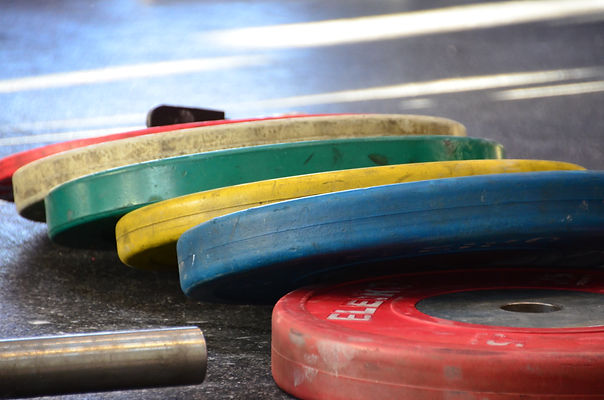In Season Training: Yes You Should Train!
- Dave McDowell
- Sep 19, 2016
- 3 min read
In season training may be just the thing you need for that playoff victory.
Too often I see a lot of athletes that will stop training during their sports seasons. A lot of excuses get tossed around from, “I’m too tired”, “I don’t have enough time”, etc. That is exactly what all of these amount to … Excuses. There is no doubt about it sports seasons are grueling. There are more practices, games and meetings that need to be fit into an already tight schedule. This often has athletes wearing down and experiencing extra stress. There is also an accumulation of fatigue that will start to inhibit the athletes abilities if not carefully monitored. However, all of these factors give good reason why training must be maintained in some capacity during the competitive season.
I have written previously about the inclusion of sprint training as part of in season training and that athletes actually saw improvements in speed at the end of their competitive seasons. You can read more about this HERE. Not only that but athletes also may notice greater recovery from competition if the competition is followed by some additional training you can read more about HERE. Also I have given guidelines as to what in-season training may consist of HERE. Athletes who train in-season are stronger, faster, and more powerful than those who do not as the playoffs emerge.
In-season training is vastly different than off season training, in terms of planning the strength and conditioning coach now has to take into account all the extra volume of work that the competitive season brings. All the practices, meetings, school stress, and competitions now need to be accounted for when designing the strength and conditioning program. As such the in-season training program is reduced heavily in volume. This can be accomplished a few different ways including: reduction in session length, reduction in number of sessions per week, and/or a reduction in amount of exercises and sets per session.

Although the volume of in-season training is vastly different from off-season training in terms of volume, the intensity should remain rather high. In order to maintain, and improve upon qualities developed during the off season, intensities can be quite high. Since the volumes have already been reduced there should be little to no problem recovering from the higher intensities and athletes should leave sessions feeling energized, like they accomplished something for the day.
Below is outlined some typical recommendations for In Season training:
Keep Intensity Relatively High
Keep Volume Relatively Low
Complete 2-3 Main Movements / Workout
Utilise Full Body Training
Utilise Reduced Ranges of Motion for Decreased Stress
Train 1-3 times per week depending on schedule and competition
As outlined above, the in season training program will differ greatly from the off season version. A greater emphasis is put on maintenance, and recovery during the in season program.
Finally, something is always better than nothing. It is easy to get bogged down with responsibilities during the season. This sometimes does not leave very much time for training. However some training is always going to be better than no training. If you can only make time for 30 minutes once per week for training then that is what you need to complete. If you can make time for two 30 minute sessions then that is a little bit better.
Every little bit counts, athletes who make the effort to train during their seasons will perform better at the end of the season than if they didn’t.








Comments